NASA’s New Horizons: A “Heart” from Pluto as Flyby Begins
After a more than nine-year, three-billion-mile journey to Pluto, it’s show time for NASA’s New Horizons spacecraft, as the flyby sequence of science observations is officially underway. In the early morning hours of July 8, mission scientists received this new view of Pluto—the most detailed yet returned by the Long Range Reconnaissance Imager (LORRI) aboard New Horizons. The image was taken on July 7, when the spacecraft was just under 5 million miles (8 million kilometers) from Pluto.
Additional Contributions:





















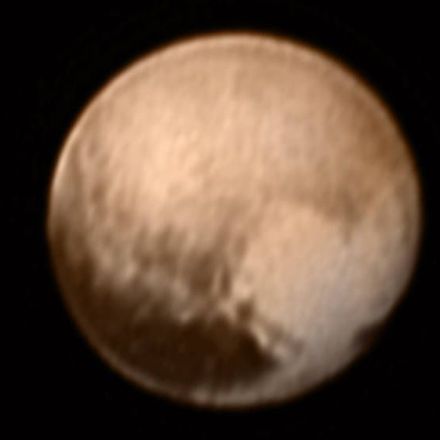

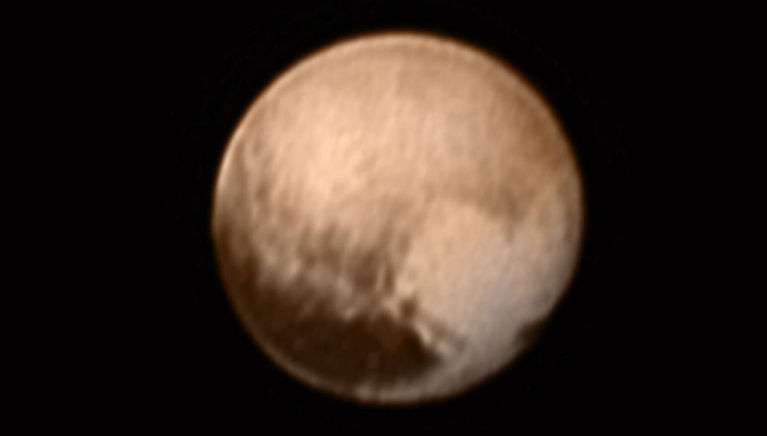

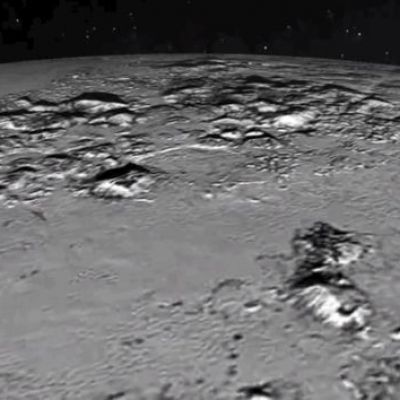
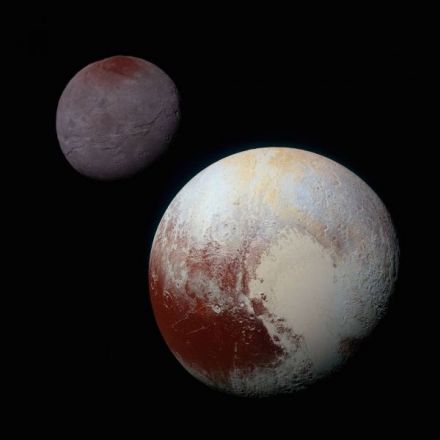
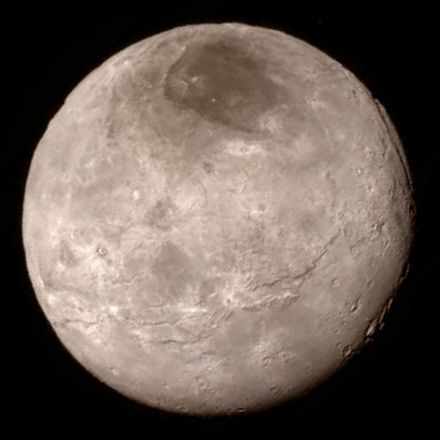
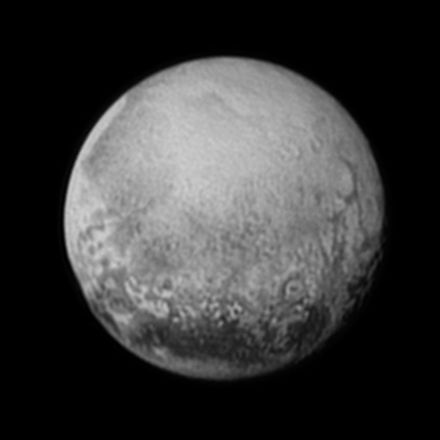
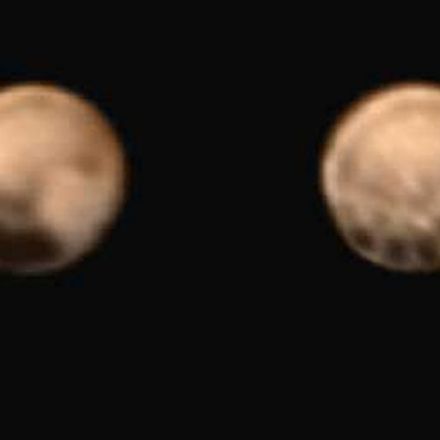
Join the Discussion
I really can't wait to see these images from the fly-by. We're seeing things in space today that people in the past could only dream about, and it's so exciting!
Pluto's trying extra hard to get back the title of "Planet".
I will always be a planet in my heart. I hope that counts for something.
"Come on guys, it was funny, but let me back in now...please?"
"With love from Pluto. Can we please have our planet-status back?"
How much more clear is this expected to get? I understand the data link is low bandwidth and that this is a composite image, I'm just curious how good we'll get, since I assume New Horizons will be the best images for at least another decade.
There are two cameras on board. The navigation camera is a 1024x1024 device, will provide 50 m per pixel images at closest approach - way too much detail to cover the whole planet in the little time available, but will probably be used for especially interesting spots. The main instrument will take high resolution (5000px) pictures at 250 m per px at closest approach. Those will be visible colour and other wavelengths, will snap stereo pairs, will map surface composition and temperatures and a bunch of other stuff (there'll be pics from the dark side, in "Charon light").
So anyway, not quite Google Earth detail level, but close, in those especially interesting places, and I certainly expect gorgeous high resolution global maps. Can't wait.
My son and I have been excited to see a Pluto that looks a clear as the other planets, not like an amorphous blob. So Google Earth level isn't necessary, but a solid 12 in. photo will be exciting.
On the high-res camera, do you mean it will capture pics in visible/other wavelengths combined, or will we get to see pictures that are only visible light? I realize those might not be the most useful to astronomers but I would like to see what Pluto "really" looks like to a human eye just out of interest.
Well, that high resolution instrument, the same that snapped the picture above, is not exactly a camera like we're used to think of them. It's a single telescope that "feeds" two different detection instruments (by way of mirrors), each of which has several arrays of detector elements (CCDs) sensible to different wavelengths of light: blue (400-550 nm), red (540-700 nm), near IR (780 – 975 nm), narrow band methane (860 – 910 nm), what you have. Note no "green", probably because planets other than Earth offer very little interesting data to gather in that band. Even the CCDs are not what we're used to: they capture "stripes" of 5000 and change pixels width but only 30 or so pixels height. The sampling is synchronised with the motion of the spacecraft so that stripes can be joined and produce images like the above.
So anyway, the point is, when this instrument "snaps a picture," what it really produces are distinct, independent feeds of data from all the sensors. These are beamed back to Earth, and here scientists can reconstruct the visible spectrum to produce "human eye" colour photographs for all of us, while still having access to the "unmixed" components for their research.
The Johns Hopkins University Applied Physics Laboratory has a nice page detailing the science payload of New Horizons. If you're curious: http://pluto.jhuapl.edu/Mission/Spacecraft/Payload.php
And if you want the gory technical data, dive in this paper by the people who developed the gadget: http://www.boulder.swri.edu/pkb/ssr/ssr-ralph.pdf
I love you too Pluto. I, for one, never stopped calling you a planet. Hang in there little fella, you have supporters here on Earth.
Don't worry Pluto, NASA-senpai noticed you.
I keep staring, it feels like a JPEG just waiting to load completely. I can only imagine what we'll see very soon. Things are changing quickly now. The hickup when it entered safe mode was a bit scary, so here's hoping it stays unsafe for now.
Even though it's not very good quality, it's a shape of things to come, and I'm incredibly excited to see what the next few weeks bring out
Ahhh,to finally get to see it up close. This is astounding!
Funny how I posted this same snap 10 hours ago and it received zero attention.
Just unlucky, maybe fewer people were awake then. Could be anything, don't take it personally. :)
This was launched in 2006. I've literally been waiting for this for nine years. It's amazing that this object albeit small has been basically unexplored for almost as long as we've known of its existence.